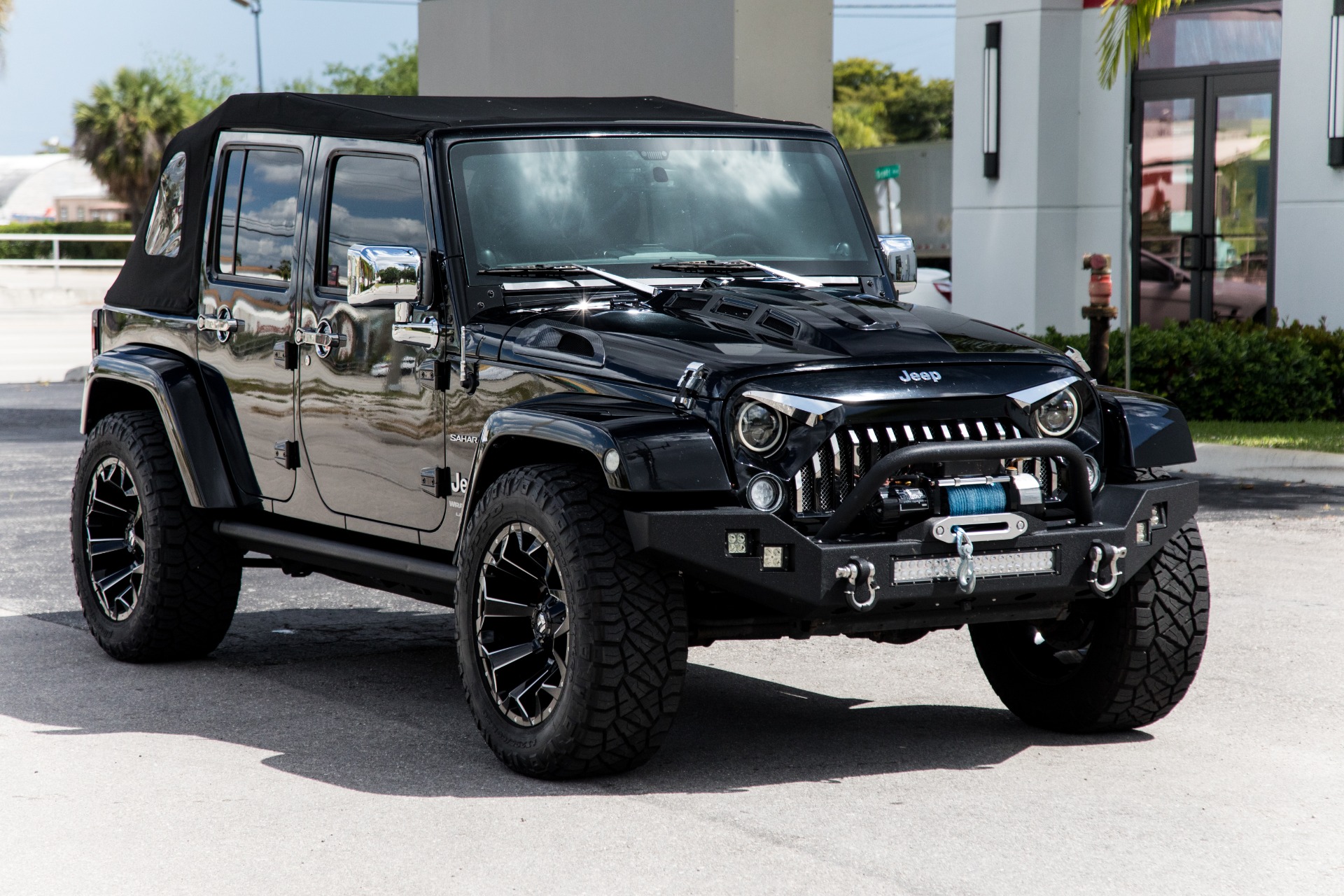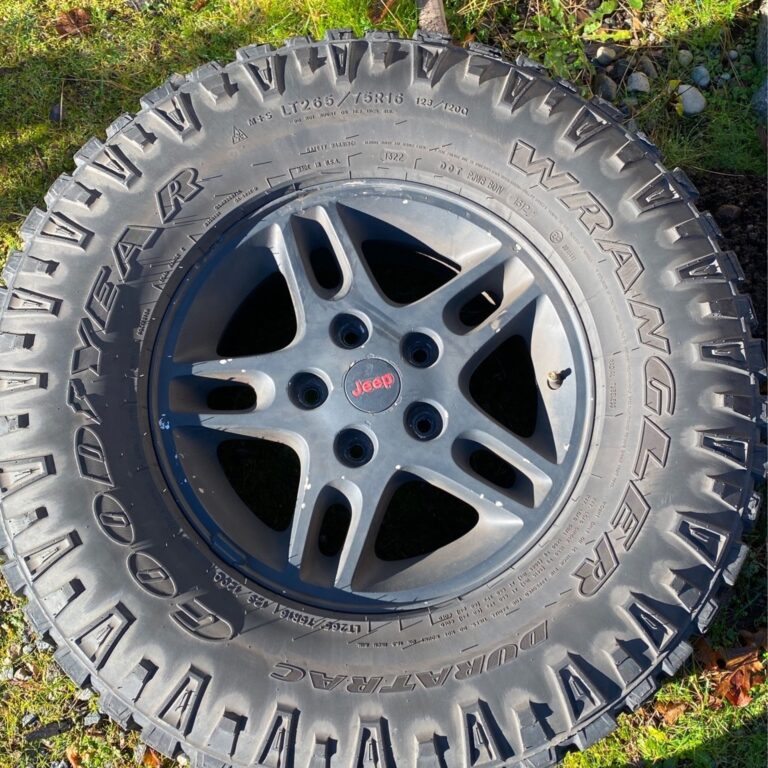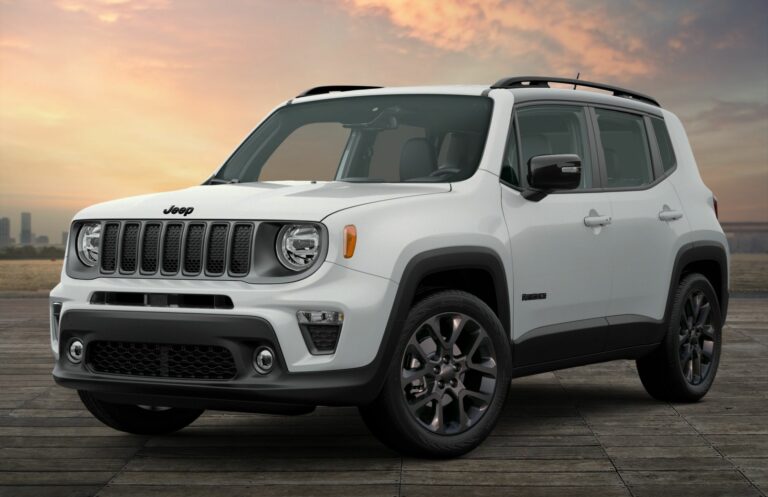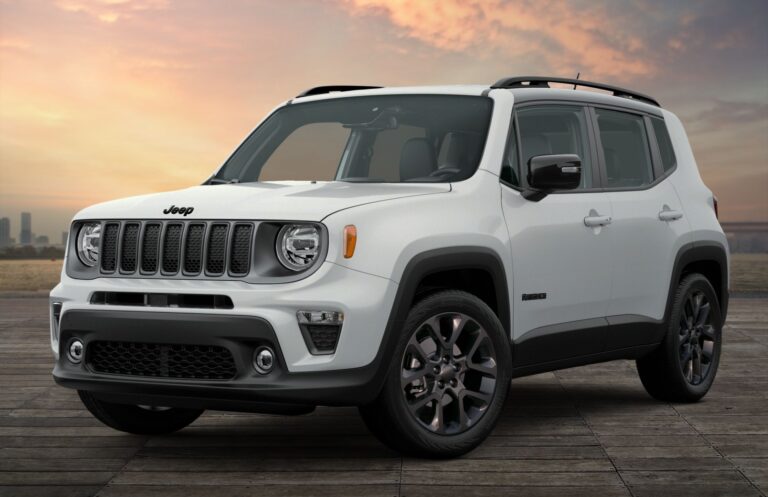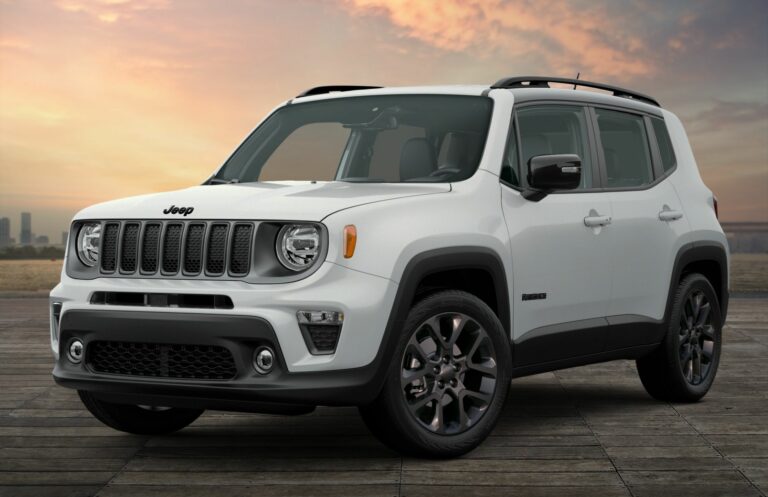Wrangler Jeep Gas Mileage: Navigating the Fuel Economy of an Icon
Wrangler Jeep Gas Mileage: Navigating the Fuel Economy of an Icon jeeps.truckstrend.com
The Jeep Wrangler is more than just an SUV; it’s a symbol of adventure, off-road prowess, and a uniquely American spirit. From its rugged design to its unparalleled capability on challenging terrains, the Wrangler has carved out a distinct niche in the automotive world. However, for many prospective and current owners, one crucial question often surfaces: "What about Wrangler Jeep Gas Mileage?"
Understanding the fuel economy of a Jeep Wrangler is paramount for several reasons. It directly impacts your running costs, influencing how much you spend at the pump during daily commutes or epic cross-country expeditions. Furthermore, it speaks to the vehicle’s environmental footprint and, increasingly, plays a role in purchase decisions as fuel prices fluctuate and eco-consciousness grows. Unlike many sedans or even some crossover SUVs, the Wrangler isn’t designed with ultimate fuel efficiency as its primary goal. Its boxy aerodynamics, robust drivetrain components, and often heavy-duty off-road tires are all contributors to a unique fuel consumption profile. This article will delve deep into the nuances of Wrangler Jeep gas mileage, exploring the factors that influence it, providing practical tips for optimization, and offering a comprehensive overview to help you make informed decisions.
Wrangler Jeep Gas Mileage: Navigating the Fuel Economy of an Icon
Understanding Wrangler Gas Mileage: The Basics
At its core, gas mileage, or fuel economy, refers to the distance a vehicle can travel per unit of fuel consumed, typically measured in miles per gallon (MPG). For the Jeep Wrangler, this figure is a complex interplay of engineering choices prioritizing durability and off-road capability over sleek, fuel-sipping designs.
Why is Wrangler MPG often lower than other SUVs?
- Aerodynamics (or lack thereof): The Wrangler’s iconic, boxy shape, flat windshield, and exposed hinges are a testament to its heritage and rugged utility. While excellent for visibility and trail clearance, this design creates significant aerodynamic drag, especially at highway speeds, forcing the engine to work harder to overcome air resistance.
- Weight: Wranglers, particularly the 4-door Unlimited models and those equipped with heavy-duty off-road components (like the Rubicon trim’s stronger axles and larger tires), carry substantial curb weight. More weight requires more energy to accelerate and maintain speed.
- Drivetrain and Off-Road Focus: The Wrangler’s sophisticated 4×4 systems, robust differentials, and low-range gearing are designed for extreme off-road conditions. These components, while essential for trail performance, add weight and internal friction that can reduce efficiency on paved roads compared to simpler 2WD or AWD systems.
- Tires: Many Wranglers, especially higher trims or those with aftermarket modifications, are fitted with aggressive all-terrain (AT) or mud-terrain (MT) tires. These tires have deep, blocky treads that provide excellent grip off-road but generate more rolling resistance on pavement than standard road tires, negatively impacting MPG.
![]()
It’s crucial to differentiate between EPA estimates and real-world performance. EPA (Environmental Protection Agency) ratings provide a standardized benchmark, but actual mileage can vary significantly based on driving conditions, habits, and vehicle specifics. For a Wrangler, the gap between EPA and real-world MPG can sometimes be wider due to its unique characteristics and the diverse ways owners use them.
Factors Influencing Wrangler Gas Mileage
Several key variables play a significant role in determining the gas mileage of a Jeep Wrangler:
- Engine Type: This is arguably the most impactful factor.
- 3.6L Pentastar V6: A reliable workhorse, this engine has been a staple in Wranglers for years (JK and JL generations). It offers a good balance of power and efficiency for a naturally aspirated V6.
- 2.0L Turbo I4: Introduced in the JL generation, this turbocharged engine provides comparable horsepower to the V6 but with more torque lower in the RPM range, often leading to slightly better fuel economy, especially in city driving.
- 3.0L EcoDiesel V6: (Discontinued for new models but found in used JLs) This diesel engine offered superior torque and significantly better highway MPG than its gasoline counterparts, though it came with a higher upfront cost and specific maintenance requirements.
- 4xe Plug-in Hybrid: The game-changer. Combining the 2.0L turbo engine with two electric motors and a battery pack, the 4xe offers substantial all-electric range (around 21-25 miles) and drastically improved combined MPG (MPGe) for daily driving, especially if regularly charged.

- Transmission: While the difference isn’t as stark as engine type, automatic transmissions generally offer slightly better highway MPG than manual transmissions due to more efficient gearing and shift points. However, a skilled manual driver can sometimes achieve comparable or even better city mileage.
- Drivetrain: While all Wranglers are 4×4, the specific setup can matter. The full-time 4WD systems (like Selec-Trac or Rock-Trac full-time) available on some JL trims might consume slightly more fuel than the part-time systems when driving on paved roads due to constant engagement of the transfer case.
- Model Year & Generation (JK vs. JL): The JL generation (2018-present) generally sees improved fuel economy over the previous JK generation (2007-2018) due to lighter materials, more efficient engines (2.0L turbo, 4xe), and improved aerodynamics.
- Trim Level & Configuration:
- 2-door vs. 4-door: 2-door Wranglers are lighter and have a shorter wheelbase, often resulting in marginally better MPG than their heavier, longer 4-door Unlimited counterparts.
- Rubicon vs. Sport/Sahara: Rubicon trims come with heavier-duty axles, larger (and often more aggressive) tires, and sometimes taller gearing, which generally translates to lower MPG compared to the lighter Sport or Sahara trims with smaller, less aggressive tires.
- Tires: As mentioned, aggressive mud-terrain tires can significantly reduce MPG due to increased rolling resistance. Larger diameter tires (even if less aggressive) also negatively impact MPG by altering effective gear ratios and adding rotating mass.
- Modifications: This is a major factor for many Wrangler owners.
- Lift Kits: Increase aerodynamic drag and may require larger tires.
- Heavy Bumpers, Winches, Roof Racks, Light Bars: Add considerable weight and aerodynamic drag.
- Re-gearing: While often necessary for larger tires, incorrect re-gearing can negatively impact efficiency at certain speeds.
- Driving Habits: Aggressive acceleration, hard braking, speeding, and excessive idling are all detrimental to fuel economy, regardless of the vehicle.
- Terrain & Conditions: Off-roading, driving in heavy city traffic, steep inclines, strong headwinds, and cold weather can all reduce MPG.

Wrangler Gas Mileage by Engine Type & Model: Detailed Breakdown
Here’s a general overview of EPA estimated MPG for various common Wrangler configurations. Please note these are estimates, and real-world results will vary.
- Jeep Wrangler JK (2007-2018) – 3.6L Pentastar V6:
- 2-door (Manual/Auto): ~17 MPG City / 21 MPG Highway / 18 MPG Combined
- 4-door (Manual/Auto): ~16 MPG City / 20 MPG Highway / 18 MPG Combined
- Jeep Wrangler JL (2018-Present) – 3.6L Pentastar V6 (eTorque available for mild hybrid assist):
- 2-door (Manual): 17 MPG City / 23 MPG Highway / 19 MPG Combined
- 2-door (Auto): 19 MPG City / 24 MPG Highway / 21 MPG Combined
- 4-door (Manual): 17 MPG City / 23 MPG Highway / 19 MPG Combined
- 4-door (Auto): 19 MPG City / 24 MPG Highway / 21 MPG Combined
- Jeep Wrangler JL (2018-Present) – 2.0L Turbo I4:
- 2-door (Auto): 21 MPG City / 24 MPG Highway / 22 MPG Combined
- 4-door (Auto): 20 MPG City / 22 MPG Highway / 21 MPG Combined
- Jeep Wrangler JL (2020-2022) – 3.0L EcoDiesel V6:
- 4-door (Auto): 22 MPG City / 29 MPG Highway / 25 MPG Combined
- Jeep Wrangler JL (2021-Present) – 4xe Plug-in Hybrid (2.0L Turbo + Electric):
- 4-door (Auto): 20 MPG Combined (Gas Only) / 49 MPGe (Combined Electric+Gas) / ~21-25 miles All-Electric Range
The 4xe stands out significantly. Its "MPGe" (miles per gallon equivalent) figure reflects its efficiency when utilizing both electricity and gasoline. For owners with short commutes who can regularly charge, the 4xe can operate primarily on electric power, drastically reducing gasoline consumption.
Optimizing Your Wrangler’s Fuel Economy: Practical Tips & Solutions
While a Wrangler won’t ever be a Prius, you can significantly influence its fuel consumption.
- Regular Maintenance: Keep your engine tuned, air filter clean, spark plugs in good condition, and oil changed. A well-maintained engine runs more efficiently.
- Tire Pressure: Ensure your tires are inflated to the manufacturer’s recommended pressure. Underinflated tires increase rolling resistance and reduce MPG.
- Smooth Driving Techniques:
- Accelerate Gently: Avoid jackrabbit starts. Gradual acceleration uses less fuel.
- Maintain Steady Speeds: Use cruise control on highways to avoid speed fluctuations.
- Anticipate Traffic: Look ahead to avoid unnecessary braking and re-acceleration.
- Avoid Excessive Idling: If you’re going to be stopped for more than a minute, turn off the engine.
- Reduce Weight: Remove unnecessary items from your Wrangler. Every pound adds to the engine’s workload.
- Minimize Aerodynamic Drag:
- Remove roof racks, cargo carriers, or light bars when not in use.
- Consider a hardtop for highway driving if you primarily use a soft top, as hardtops are generally more aerodynamic.
- Tire Choices: If your Wrangler is primarily a daily driver and sees minimal off-road use, consider less aggressive all-terrain tires with lower rolling resistance instead of heavy mud-terrains.
- Route Planning: Use navigation apps to find the most efficient routes, avoiding heavy traffic and stop-and-go conditions where possible.
- Leverage the 4xe (if applicable): If you own a 4xe, maximize its electric range by charging it regularly. This is where the biggest fuel savings come from for this model.
- Re-gear for Larger Tires: If you’ve installed significantly larger tires, consider re-gearing your differentials to bring your engine’s RPMs back into its optimal power band at highway speeds. This can surprisingly improve efficiency, as the engine won’t be constantly struggling.
Challenges and Considerations for Wrangler Owners
The pursuit of better fuel economy in a Wrangler often comes with inherent trade-offs:
- Capability vs. Efficiency: The very features that make a Wrangler legendary off-road (solid axles, robust 4×4, aggressive tires) are often antithetical to optimal fuel economy. Owners must decide where their priorities lie.
- The "Jeep Tax" on MPG: Many modifications designed to enhance off-road performance (lifts, heavy armor, larger tires) almost universally decrease fuel efficiency. This is part of the cost of customization.
- Understanding 4xe Charging: While the 4xe offers impressive MPGe, its real-world fuel savings depend heavily on the owner’s ability and discipline to regularly charge the battery. Without charging, it essentially operates as a heavier 2.0L turbo Wrangler, and its gasoline-only MPG is comparable to the standard 2.0L.
Wrangler Jeep Gas Mileage Estimates Table
This table provides a general overview of EPA estimated combined MPG for various Jeep Wrangler configurations. Actual mileage may vary.
| Model Generation & Year Range | Engine Type | Transmission | Doors | Trim Level (Example) | City MPG | Highway MPG | Combined MPG | Notes |
|---|---|---|---|---|---|---|---|---|
| JK (2007-2018) | 3.6L Pentastar V6 | Manual | 2-Door | Sport | 17 | 21 | 18 | Base model, less aggressive tires |
| JK (2007-2018) | 3.6L Pentastar V6 | Automatic | 4-Door | Unlimited Sport | 16 | 20 | 18 | Heavier 4-door, auto transmission |
| JL (2018-Present) | 3.6L Pentastar V6 (eTorque) | Automatic | 2-Door | Sport | 19 | 24 | 21 | Improved efficiency over JK |
| JL (2018-Present) | 3.6L Pentastar V6 (eTorque) | Automatic | 4-Door | Unlimited Sahara | 19 | 24 | 21 | Sahara trim often has slightly better road tires |
| JL (2018-Present) | 2.0L Turbo I4 | Automatic | 2-Door | Sport | 21 | 24 | 22 | Often best gas-only MPG for standard models |
| JL (2018-Present) | 2.0L Turbo I4 | Automatic | 4-Door | Unlimited Sahara | 20 | 22 | 21 | Popular, well-balanced option |
| JL (2020-2022) | 3.0L EcoDiesel V6 | Automatic | 4-Door | Unlimited Sahara | 22 | 29 | 25 | Highest conventional fuel economy |
| JL (2021-Present) | 4xe Plug-in Hybrid | Automatic | 4-Door | Unlimited Sahara 4xe | 20 | 20 | 49 MPGe | MPGe is combined electric & gas. 20 MPG is gas-only. |
| JL (2018-Present) | All Engines | All | All | Rubicon (Example) | ~1-2 MPG Less | ~1-2 MPG Less | ~1-2 MPG Less | Due to heavier components, larger tires, etc. |
Note: MPGe (Miles Per Gallon equivalent) is a measure for plug-in hybrid and electric vehicles, indicating how far a vehicle can travel on the energy contained in one gallon of gasoline.
Frequently Asked Questions (FAQ) about Wrangler Jeep Gas Mileage
Q1: Is the Jeep Wrangler good on gas?
A1: Generally, no, the Jeep Wrangler is not considered "good" on gas compared to other SUVs or passenger vehicles, primarily due to its off-road design, weight, and aerodynamics. However, models like the 4xe plug-in hybrid offer significantly improved efficiency for daily driving if regularly charged.
Q2: Which Wrangler gets the best gas mileage?
A2: The Wrangler 4xe plug-in hybrid offers the best overall efficiency, especially when utilizing its electric range (49 MPGe combined). Among gasoline-only models, the 2.0L Turbo I4 engine typically provides the best conventional MPG. The EcoDiesel (though discontinued for new models) had the best highway MPG for a conventional engine.
Q3: Do lift kits and bigger tires affect Wrangler MPG?
A3: Yes, significantly. Lift kits increase aerodynamic drag, and larger, heavier, more aggressive tires increase rolling resistance and rotating mass. Combined, these modifications can reduce your Wrangler’s MPG by 10-20% or more.
Q4: How accurate are the EPA estimates for Wranglers?
A4: EPA estimates are standardized benchmarks. For Wranglers, real-world mileage can often be lower than the EPA figures, particularly if you drive aggressively, have modifications, or frequently engage in stop-and-go city driving or off-roading.
Q5: Is the diesel Wrangler more fuel-efficient than the gasoline versions?
A5: Yes, the 3.0L EcoDiesel V6 (available in prior JL models) offered notably better highway fuel economy than the gasoline engines (up to 29 MPG highway). However, it came with a higher purchase price and potentially higher maintenance costs.
Q6: Can I improve my Wrangler’s gas mileage?
A6: Absolutely! While you won’t turn it into a compact car, you can improve MPG by maintaining proper tire pressure, performing regular vehicle maintenance, adopting smooth driving habits (gentle acceleration, steady speeds), removing unnecessary weight, and reducing aerodynamic drag (e.g., removing roof racks when not needed). For 4xe owners, consistent charging is key.
Q7: Does driving with the top off or doors off affect MPG?
A7: Yes. Removing the top and doors significantly alters the vehicle’s aerodynamics, increasing drag and generally leading to a slight decrease in fuel efficiency, especially at highway speeds. However, the experience often outweighs the minor MPG hit for many owners!
Conclusion
The Jeep Wrangler’s gas mileage is a topic that requires a nuanced understanding. It’s rarely a class leader in fuel efficiency, a deliberate design choice that prioritizes its legendary off-road capability, rugged durability, and iconic style. For many, the unique freedom and adventure that a Wrangler offers far outweigh its thirst for fuel.
However, modern advancements, particularly with the introduction of the 2.0L turbo engine and the revolutionary 4xe plug-in hybrid, have significantly improved the Wrangler’s fuel economy prospects. By understanding the factors that influence MPG – from engine type and trim level to driving habits and modifications – current and prospective owners can make informed decisions. Adopting smart driving practices and keeping up with maintenance can further optimize your Wrangler’s efficiency, ensuring that your adventures are not only thrilling but also as cost-effective as possible. Ultimately, the Wrangler is about the journey, and a clear grasp of its fuel economy helps you plan those journeys more effectively, mile after exhilarating mile.
